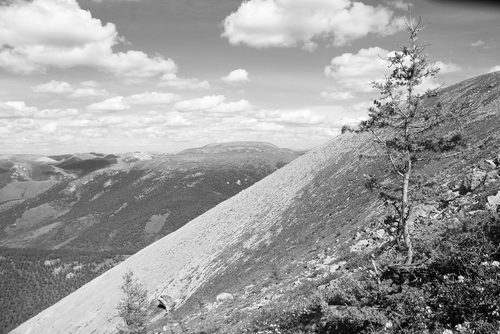Figures & data
FIGURE 1 The area of investigation; the Sengilen ridge is located in Siberia's southern Altai-Sayan Mountains. Numbers 1 to 7 indicate study plots locations.
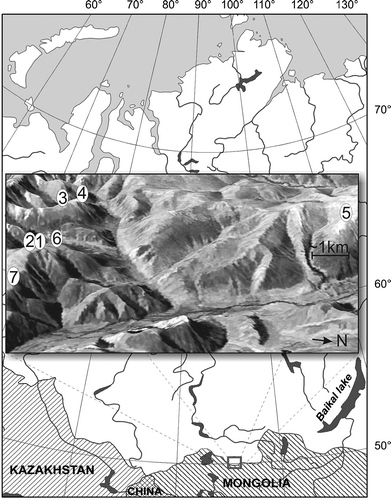
FIGURE 3 (a, c) Summer and (b, d) winter temperature and precipitation anomalies for the Sengilen ridge. The solid line shows a 10-yr filter.
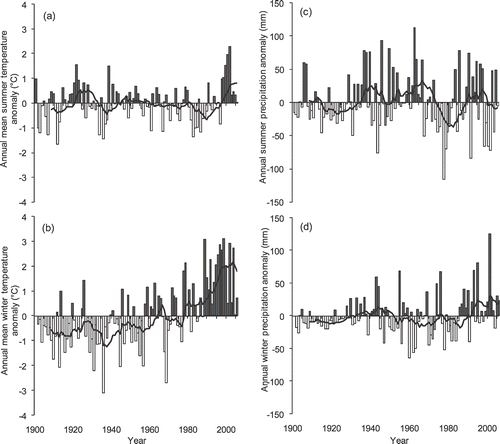
FIGURE 4 The radial (N = 13, h ≈ 2.6 m, A ≈ 74 yr) and apical (N = 28, h ≈ 5.8 m) dynamics of “post-krummholz” larch tree growth increment.
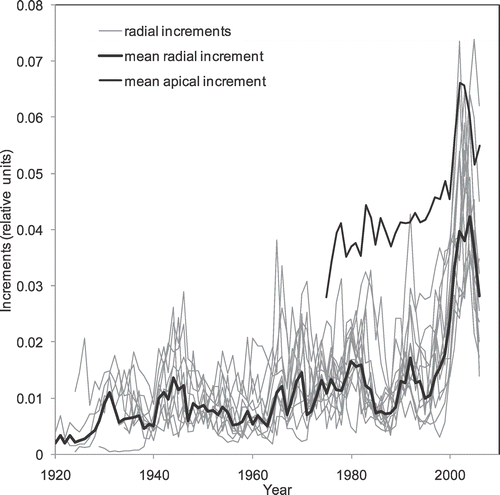
FIGURE 5 The correlation between radial increments, CO2, air temperature, and precipitation. The given data correspond to the analyzed series length.
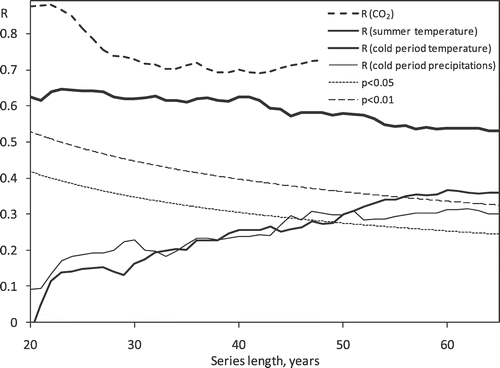
FIGURE 6 Multistem “post-krummholz” larch and prostrate Siberian pine. Apical shoot damage and needle discoloration above snow level caused by winter desiccation.
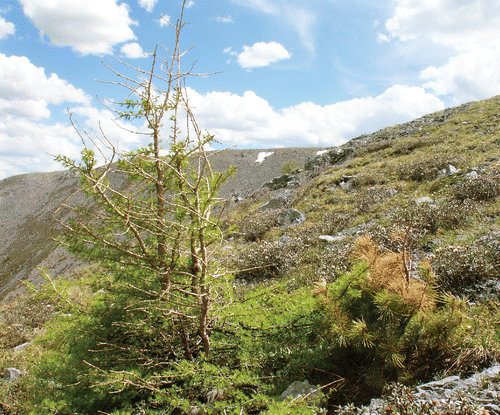
FIGURE 7 Within the alpine forest-tundra ecotone Siberian pine became established within sheltered microsites. Needles and stems above snow level were damaged by desiccation and snow abrasion, whereas larches were not damaged.
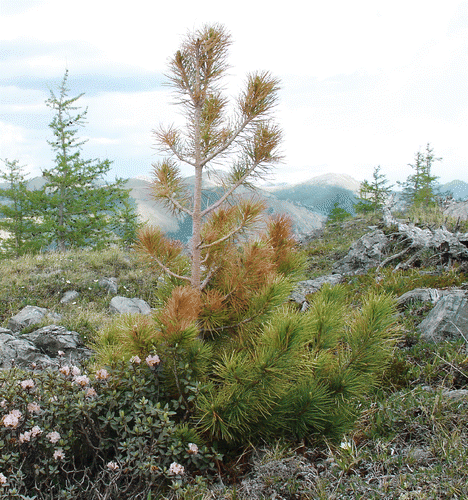
FIGURE 8 The dynamics of radial increment, summer temperature, and CO2. Trends in radial increment and summer temperature are shown by straight lines. Data were passed through an exponential filter with a three year window size. The filter shifted the extreme position for about two years.
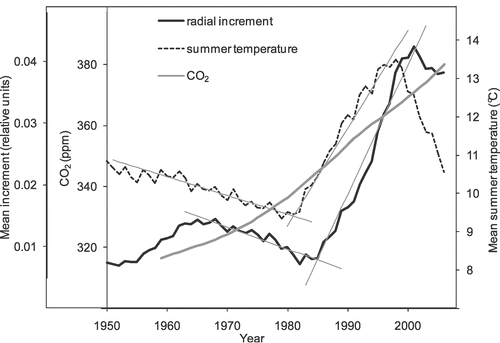
FIGURE 9 Larch is “diffusing” along the elevation gradient. Larch and Siberian pine regeneration survived at elevations up to 160 m higher in comparison with the maximum observed treeline recession during the Little Ice Age (CitationKharuk et al., 2010b).
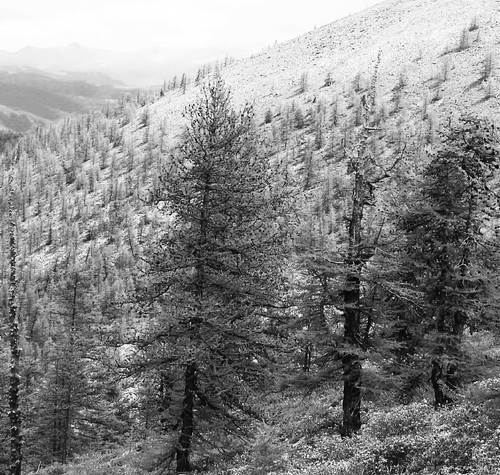
FIGURE 10 Leafless larch stem is alive due to bark photosynthesis which is facilitating the trees' survival in harsh environment. Inset photo: bark chlorophyll under phellem.

